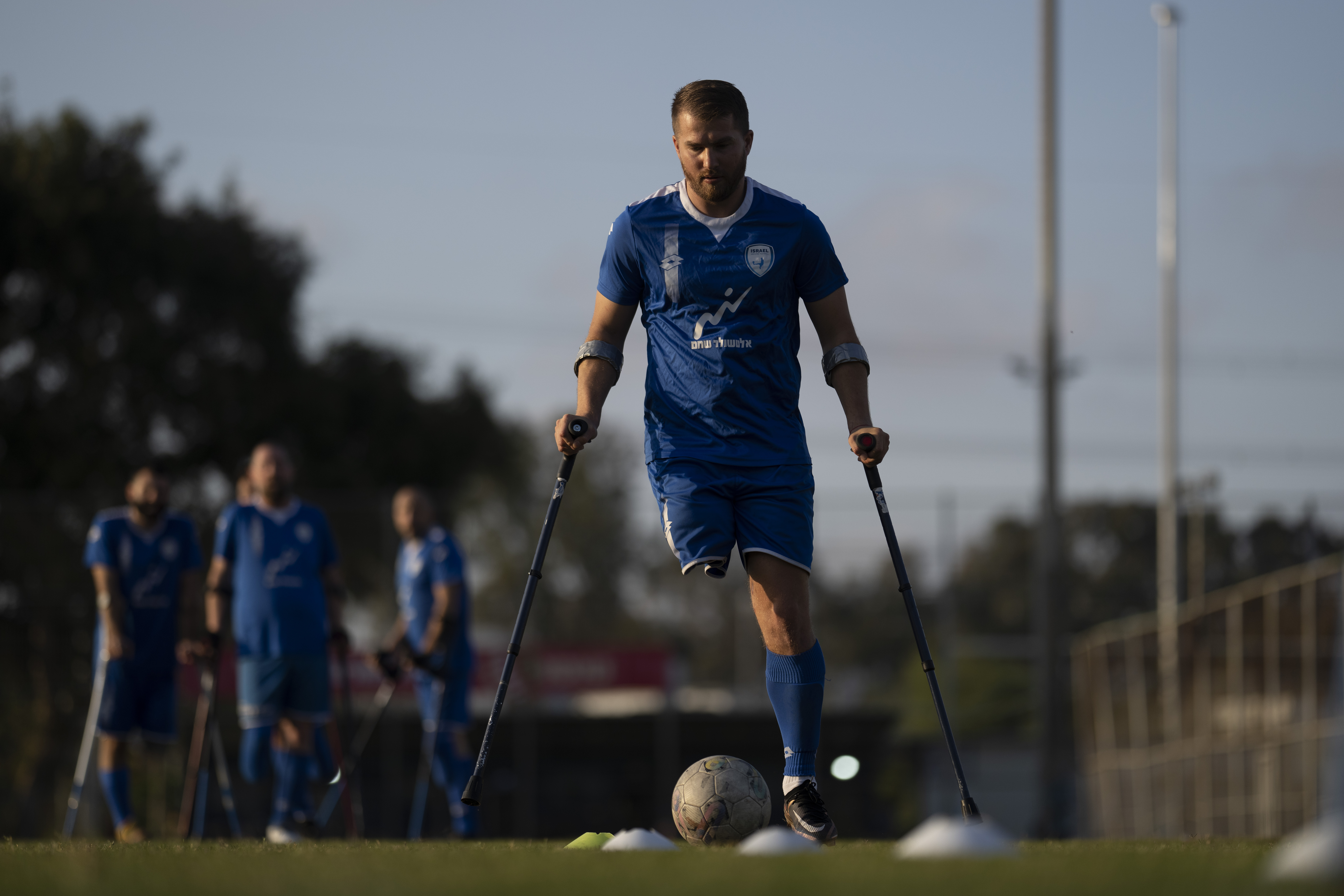If for some strange reason none of the sports at the 2012 London Olympic Games interests you, please meet Wenlock and Mandeville.
Two alien-looking characters (representing the Olympic and Paralympic Games, respectively), each with a single massive eye made of a camera lens, the pair is likely to fascinate fans far more than the mascots of Olympics past, simply by virtue of their appearance.
Add in the ability for anyone to make fully customizable versions of them, or read their engaging back story, and you've got a pretty good diversion to check out between events.
"At our heart, we're quite a challenging agency, and we wanted to make something a bit different," says Sean Reynolds, the global creative director of Iris, the agency that developed the mascots.
Iris was one of a multitude of agencies, companies, and even studios (including Pixar, among others) that responded to the Olympic committee's call for mascot submissions, and made it through a grueling 18-month process -- which was also highly secretive -- before finally winning the commission.
True to Olympic tradition, the characters have characteristics that pay homage their native country: The mascots are made of steel ("representing the steel and mining industries in the U.K.," says Reynolds), sport a London taxi light on each of their heads, and have Olympic rings around their wrists.
The characters also come complete with a fully-realized origin story -- which "War Horse" author Michael Morpugo formally fleshed out -- in which Wenlock and Mandeville, who are forged from the steel from the last girder to go up in London's Olympic stadium by a soon-to-retire steel worker, and then brought to life by a rainbow.
U.S. & World
"I wanted to involve all generations in my story as the Olympics appeal to everyone," says Morpugo. "I liked the idea that the last two drops of steel used to make the Olympic stadium could be the start of a life for the two characters."
(The legacy of the Olympic venues is also a big theme this year, with plans for many of them to be disassmbled and taken to locales around the world after the Games.)
The most note-worthy element of the mascots' visual look, the camera eye, is meant to represent the idea of the world watching the games, and, of course, taps into the potentials of viral platforms like Instagram and Pinterest, encouraging young folks to capture their own moments.
"We went in with a clear point of view," said Reynolds. "Why have one mascot when you can have millions?"
The real appeal of Wenlock and Mandeville, as it turns out, isn't necessarily their look, it's their ability to be customized online on a digital platform that Iris also helped create.
"It was about creating a customizable character that the community could make their own," says Reynolds. "The more you interact with them, the more you appreciate them," says Reynolds.
The reaction to the characters, of course, has been a bit all over the place. (The Guardian described the crowd at the unveiling, for example, as "mostly baffled.") But that doesn't faze Reynolds and the Iris team.
"I think that's because it is quite challenging and polarizing," he says. "We didn't create them to be accepted initially -- you kind of get to know them and get to love them, and customize and make your own. Then it becomes your own. But it wasn't about loving or loathing a mascot, it's about getting involved."
Despite the hard work involved in the project (Reynolds was quick to joke that Iris isn't getting any money off the Olympics' heavy merchandizing of the characters), the company would do the exact same thing all over again if given a second chance. "We're a British company originally, and we were really honored to do it," Reynolds says. "There's three or four guys that spent every waking moment working on it -- it's a 'tell your grandchildren' type of project."



